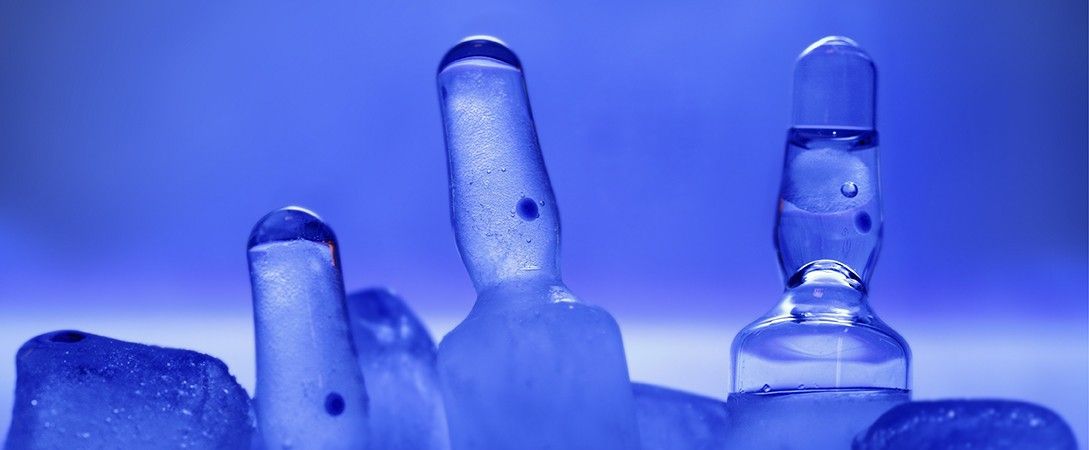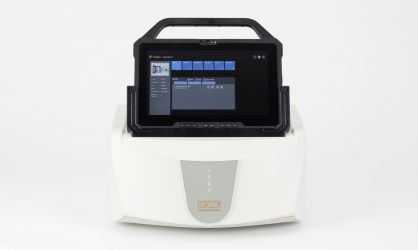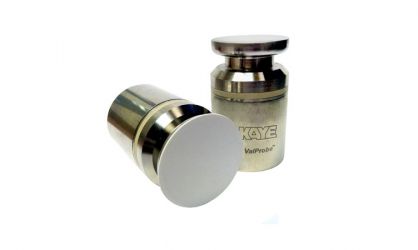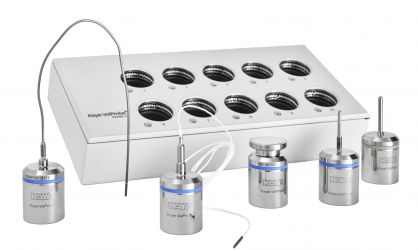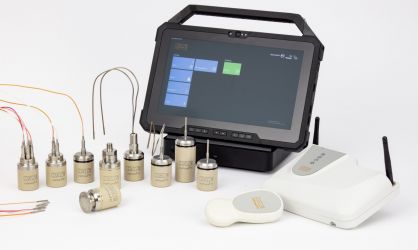Kaye Solutions for Freeze Dryer/ Lyophilisator
Freeze-Drying in the Pharmaceutical and Biotech Industry
Freeze-drying, also known as lyophilization, is a significant manufacturing process in the pharmaceutical and biotechnology sectors. This procedure is primarily applied to liquid products, transforming them into a stable, solid powder through sublimation. The process offers numerous benefits, notably extended shelf life and enhanced stability of the final product, significantly easing subsequent handling and storage.
Process Workflow
The process can be simplified into the following steps:
- Freezing:
Initially, the liquid starting product is cooled to very low temperatures under extreme vacuum. Depending on the product, temperatures of -45°C, -60°C, or even -80°C are fairly common. The rate and temperature of freezing are critical as they can influence the freezing behavior and microstructure of the final product. - Primary Drying (Sublimation):
In this step, the pressure in the freeze-drying chamber is further reduced and heat is applied to directly convert the frozen solvent (mostly water) from the solid to the gaseous phase without passing through the liquid phase. Sublimation requires precisely controlled conditions to ensure high product quality. - Secondary Drying (Desorption):
To remove the remaining water, the temperature is further increased. The goal of this step is to reduce the water content to a minimally acceptable level while preserving the structure and potency of the active substances.
Critical Process Parameters
The following parameters must be monitored and controlled for successful freeze-drying:
- Temperature:
It influences both the freezing and sublimation rate. A precisely controlled temperature profile ensures the structure of the final product is maintained. - Pressure:
The pressure in the drying chamber determines the sublimation conditions. An optimal vacuum level is crucial for efficient drying and achieving high product quality. - Time:
The duration of each process phase must be precisely tuned to achieve optimal drying results. Too short or too long drying times can negatively impact product quality.
These critical process parameters must also be documented during Installation Qualification (IQ), Operational Qualification (OQ), and Performance Qualification (PQ) as well as during regular annual qualification and validation to ensure compliance with the relevant regulations for this application. Particularly challenging in this context is the measurement of plate temperature. Typically, at least five temperature sensors are used per plate. Consequently, measurements with more than 60 sensors are not uncommon. In addition to plate temperature, a temperature distribution study is also conducted during the sterilization process step. The very high vacuum, wide temperature range, measurements lasting up to 72 hours, and often high number of measurement sensors make freeze-drying an application with demanding requirements for both qualification personnel and the measurement technology used.
The Kaye AVS and ValProbe RT validation systems are ideal for the qualification and validation of freeze-drying/lyophilization equipment. These advanced monitoring technologies ensure process safety and high operational efficiency, ultimately enhancing the quality and integrity of pharmaceutical products.


